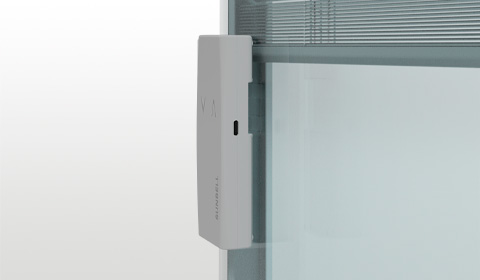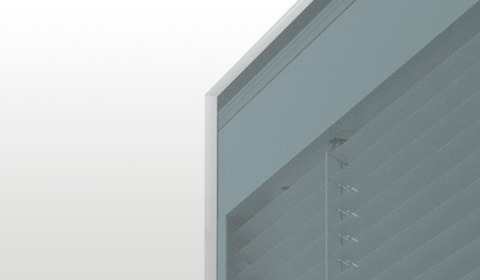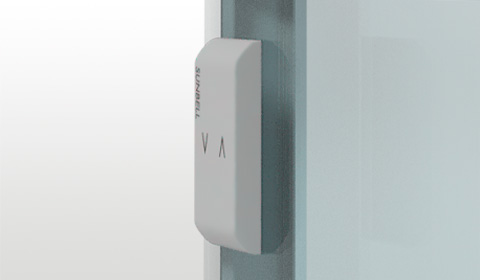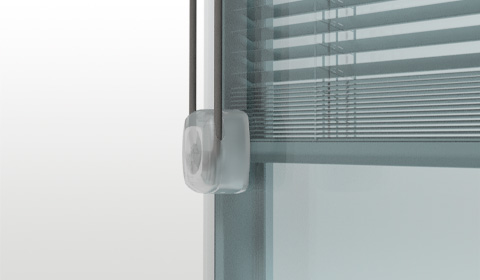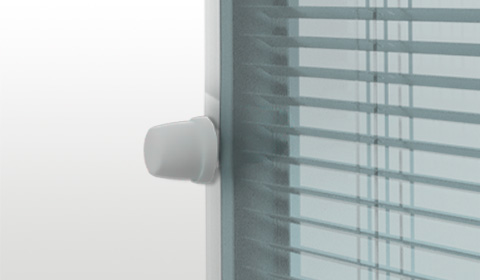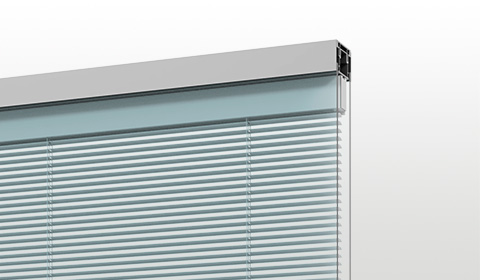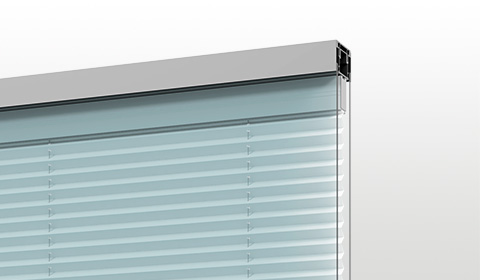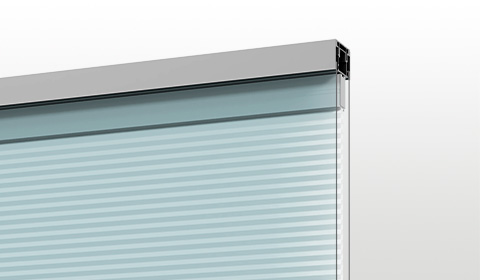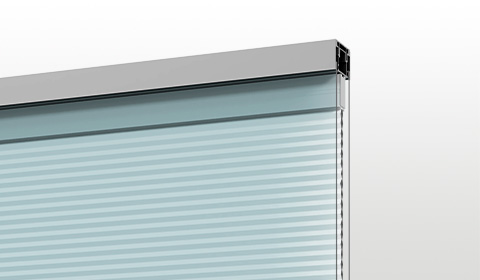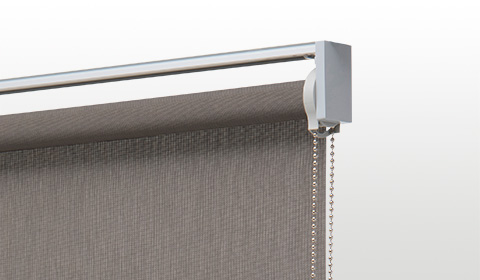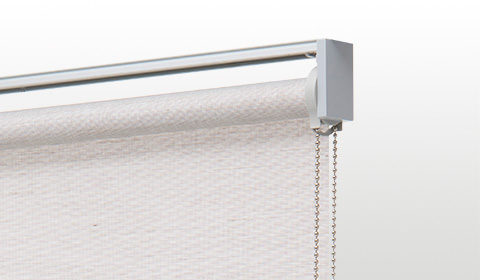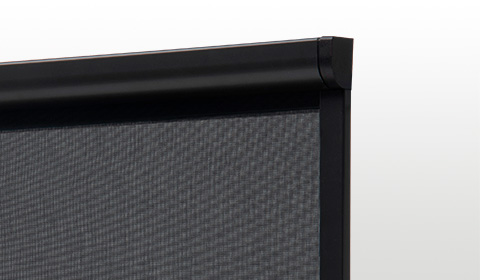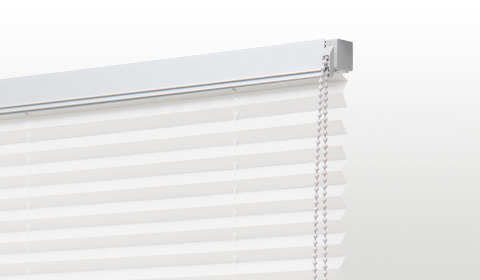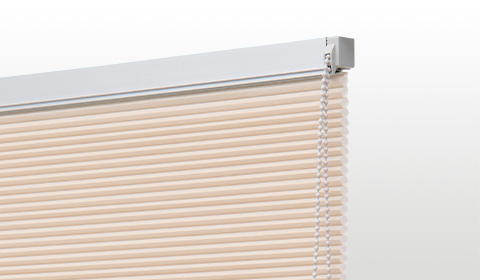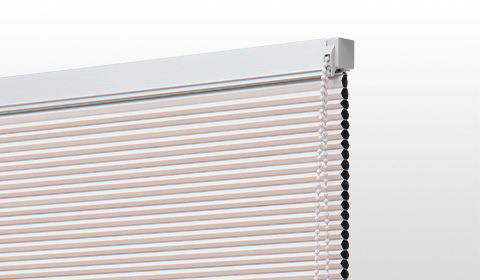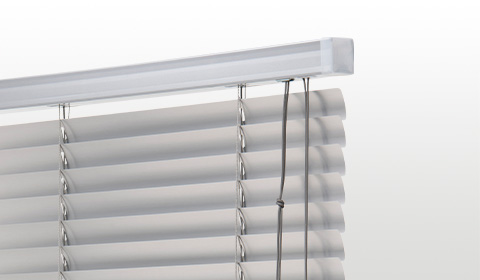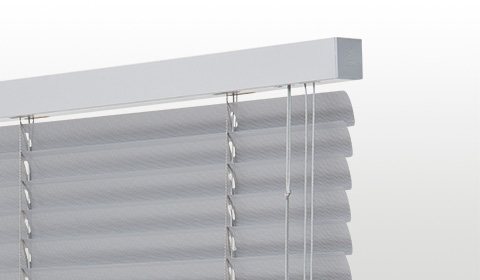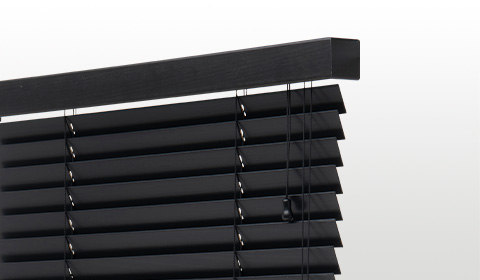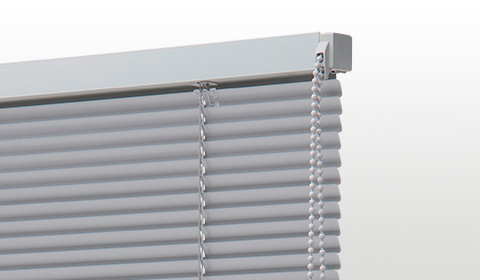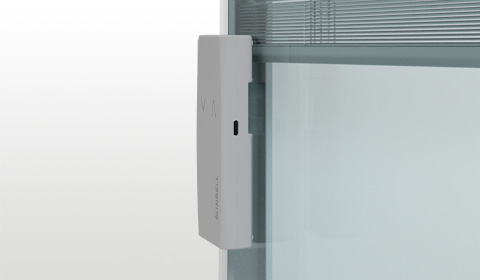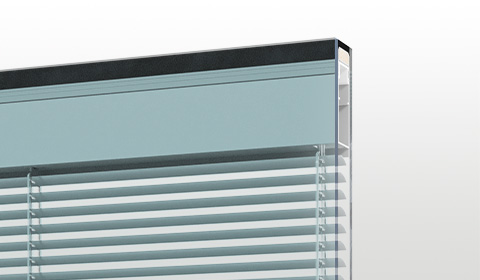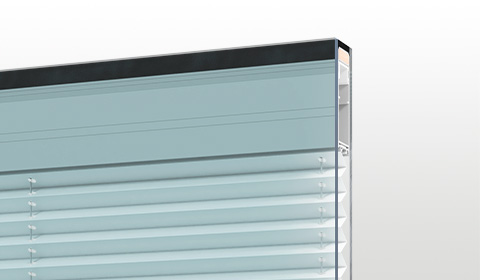There are many factors to consider in deciding where to place your TV in order to achieve an optimal viewing experience and to enhance your living room space to the fullest.
Deciding on the the right distance between the TV and the sofa in the living room implies the evaluation of factors such as:
- the dimensions of the display and the room;
- the number of seats on the sofa;
- the arrangement of the seats;
- the height of the screen;
- the lighting in the room;
- your personal preferences.
Watching TV should be a time of relaxation and comfort, so it is good to follow some guidelines. We want to offer some advice on how to avoid problems such as visual fatigue and uncomfortable body postures.
Distance between TV and sofa: why it is important
Finding the right distance between the TV screen and the sofa is important so as not to impair your viewing experience and to avoid visual fatigue.
If you sit too close to a large screen, you’ll see the pixels of the display, while sitting too far away will cause you to lose the immersive experience.
The ideal solution would be to enjoy your screen without straining your eyes or sitting in uncomfortable positions.
Finding the ideal situation: two scientific methods
There are two main schools of thought on calculating the distance between your TV or home theatre and your sofa in the living room,
The first is from the Society of Motion Picture and Television Engineers (SMPTE), the professional association that brings together technicians from the television and film industry.
The SMPTE recommends having the farthest viewing angle at 30 degrees and, in order to create the viewing distance, to calculate the diagonal of the screen in inches and divide by 0.6.
The answer is the ideal viewing distance, in inches, with a viewing angle of 30 degrees.
The US company THX offers the other school of thought: THX was founded in 1983 by George Lucas, developer of the “THX” quality certificate applied to professional or domestic audiovisual reproduction systems.
The THX formula is similar, but recommends splitting the diagonal of the screen in inches by 0.84 to get the viewing distance in inches.
These two calculation methods are developed scientifically, but there are also other ways to calculate an ideal distance from your screen to your sofa.
Let’s analyze some other options because it is important to consider how far or close your sofa is from the TV.
How to calculate the right difference between your TV and sofa
Here are some tricks to consider when you are thinking about buying a TV or a home theatre, or if you just want to optimize the space in your living room.
1. Resolution and screen size
Resolution plays an important role in screen size. In general, the higher the resolution, the shorter the viewing distance. There a number of options to evaluate, considering you can sit closer to a high-definition TV.
- An HD TV with a resolution of 1080p allows you to sit about one and a half meters away;
- With a 4K TV, you can sit about one meter away;
- A low-resolution TV will force you to sit very far away.
If your living room is small, we recommend buying a high-resolution TV so you can place the sofa a short distance away. Be careful, though: this doesn’t mean that you always have to sit as close as possible, it just means you can if you need to.
As for the size of the TV, the length of the screen is measured diagonally, usually in inches. One inch equals 2.54 cm, so a 40-inch long TV means it measures 1.02 meters from corner to corner.
Considering the viewing angle and the standard pixelation threshold, you should sit at a distance that allows the screen to occupy at least 30 degrees or so of the field of view.

2. Size of the living room
If your living room is small it is important to have a high resolution TV whose screen is not too big. This will allow you to sit closer and take up less space.
If your living room is large and spacious, you can place the sofa in the middle of the room, in front of the TV, where the viewing experience is better.
If you have a very large screen, and space for the ideal distance calculated by one of the scientific methods, you can also place the sofa against a wall opposite the TV.
3. Mounting height
The height at which the TV will be placed is very important to determine the distance at which to sit. A screen that is installed very high up requires seating that is not too close, so as not to strain the neck.
The general recommendation is that the centre of the screen should coincide approximately with the level of the eye.
The eye-level of a seated person is between 85 and 100 cm from the floor, so we recommend you mount the TV to ensure your eyes are levelled a third of the way down the screen.
4. Room lighting
The lighting in your living room is another factor to take into account. The TV screen should be placed on a wall that is perpendicular to the windows and never in front of openings.
This serves to reduce reflections and maintain image quality.
If your living room is very bright, you can install blackout curtains such as Sunbell roller blinds that are made of “Blackout” fabric, and which protect from both sunlight and heat thanks to their insulating thermal function.
Conclusions
We hope that our advice on the right distance between your TV and sofa in the living room is useful. It is also good to understand the difference between a flat screen TV and a curved screen TV.
When choosing a new TV it is good to know that, compared to flat-screen TVs, curved screen televisions:
- allow us to maintain a constant distance between our eyes and the TV by positioning ourselves in front of the centre of the screen;
- provide an expanded field of view through their curvature;
- generate an enveloping sensation the closer you get;
- reduce screen reflections.
Curved screen TVs are designed to improve the visual experience and optimize the choice of distance to be kept.


